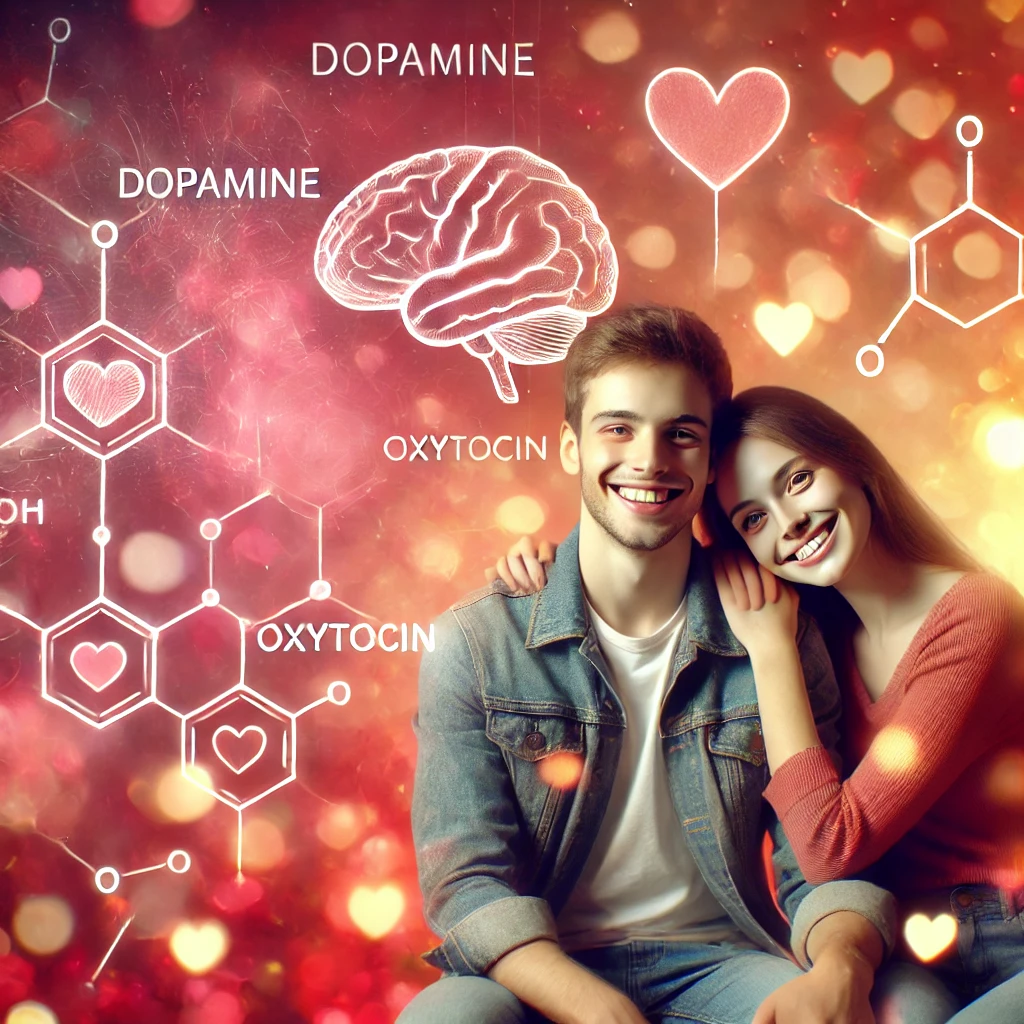
Understanding the science of attraction among young people involves exploring a complex interplay of biological, psychological, and social factors. Recent research provides valuable insights into what makes young individuals fall in love, highlighting aspects such as the speed of romantic attachment, the influence of physical and personality traits, and the role of brain chemistry.
Speed of Falling in Love
A recent study conducted by the Australian National University surveyed 808 young adults aged 18-25 across 33 countries and found that men typically fall in love in just over four weeks, while women take approximately 1.92 months. Additionally, men reported falling in love more frequently, averaging 2.6 times compared to women’s 2.3 times. Despite men’s quicker and more frequent romantic emotions, women experience more intense and committed feelings once they fall in love. These findings suggest that men may prioritize the quantity of potential mates, whereas women are choosier, preferring quality over quantity in their partners.
Physical and Personality Traits
Attraction is influenced by both physical features and personality traits. Factors such as facial symmetry, body proportions, and physical health often play significant roles in initial attraction. Additionally, personality traits like kindness, confidence, and a sense of humor are highly valued. The Big Five personality traits—openness, conscientiousness, extraversion, agreeableness, and neuroticism—also contribute to attractiveness, with high levels of openness and agreeableness being particularly appealing.
Biological Mechanisms
The experience of falling in love triggers various chemical responses in the brain. Chemicals associated with the reward circuit flood our brain, producing a variety of physical and emotional responses—racing hearts, sweaty palms, flushed cheeks, feelings of passion, and anxiety.
Psychological Factors
Psychological elements such as similarity, reciprocity, and social status significantly influence attraction. People tend to fall in love with others who are like them, sharing values, life experiences, levels of attractiveness, and age. Additionally, knowing that someone is attracted to you can induce reciprocal interest, enhancing mutual attraction.
Developmental Perspectives
Adolescent romantic relationships, with all their ups and downs, have the capacity to be growth-promoting, confidence-boosting, and healthy experiences that teach young people about the give and take of intimacy. These early experiences can shape expectations and behaviors in future relationships, highlighting the importance of healthy interactions during adolescence.
Cultural and Social Influences
Cultural norms and social contexts also play crucial roles in shaping romantic behaviors among young people. The rise of social media and digital communication has transformed how young individuals meet and interact, influencing perceptions of attractiveness and availability. Moreover, societal expectations regarding gender roles and relationship dynamics can impact how young people approach love and attraction.
Conclusion
The science of attraction among young people is multifaceted, encompassing biological impulses, psychological predispositions, and socio-cultural factors. Understanding these elements provides a comprehensive view of what drives young individuals to fall in love, offering insights that can enhance relationship satisfaction and personal development.



